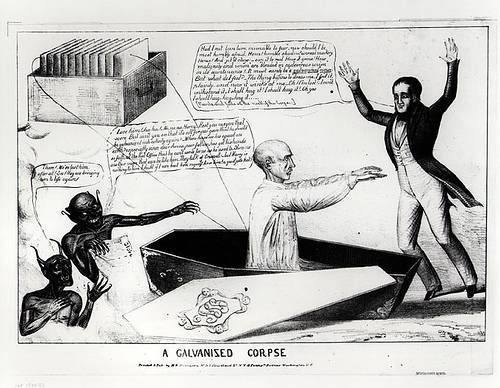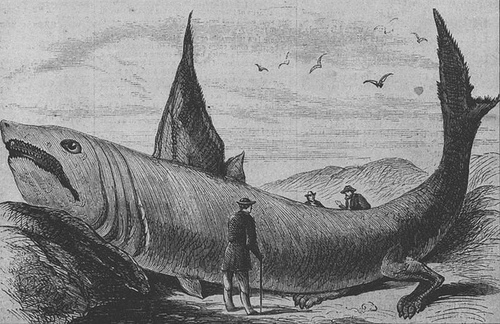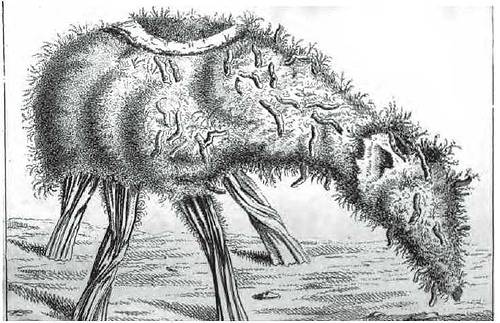A deaf observer of the American Civil War would have been deeply confused by the outcome of certain battles. That’s because the generals planned to hear the course of the struggle — and, in some cases, the sounds never arrived.
“Acoustic shadows” typically occur when an expected sound is absorbed somehow or deflected by windshear or a temperature gradient. In the Civil War it had significant effects at Fort Donelson, Five Forks, and Chancellorsville. At the Battle of Iuka, a north wind prevented Grant from hearing guns only a few miles away. At Perryville, Don Carlos Buell learned only from a messenger that his men were involved in a major battle.
At the Battle of Seven Pines, Joseph Johnston was 2.5 miles from the front but heard no guns. And certain sounds from the Battle of Gettysburg were inaudible 10 miles away but clearly heard in Pittsburgh.
(Thanks, David.)






